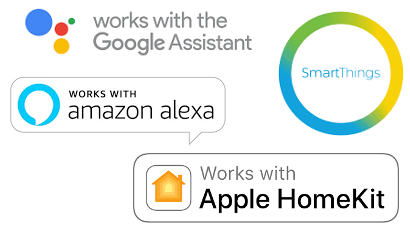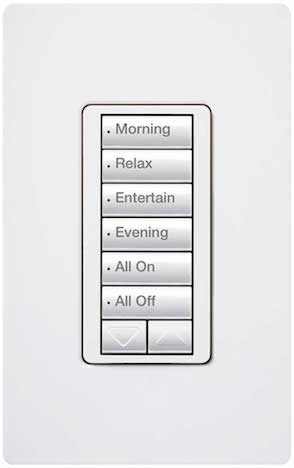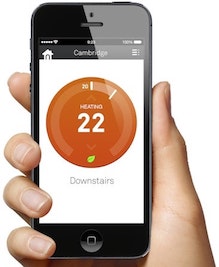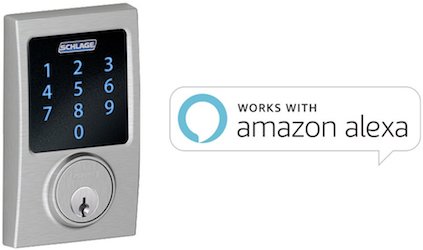
Smart home technology options can make your head spin. How do you go about figuring out which smart home solution or solutions are right for you and your home? Its easy to get caught up with gizmos and sales pitches, so start with what you actually want to accomplish. For example, are you looking for some smart lights that automatically come on. Or a smart door bell to see who’s at the door no matter where you are? Or wireless speakers to make it easy to listen to more music? Perhaps you basically want it all!
Whatever you decide, think about what you want and why. Maybe its that you want your  shades to close automatically at night and open in the morning. Sometimes its choosing smart lights because you have a frick-load of lights in the home you’re building, and you want a single lighting keypad vs. a wall covered with lights switches. Sometimes its to simplify home control for seniors or disabled people. Determine your targets and build out from there.
shades to close automatically at night and open in the morning. Sometimes its choosing smart lights because you have a frick-load of lights in the home you’re building, and you want a single lighting keypad vs. a wall covered with lights switches. Sometimes its to simplify home control for seniors or disabled people. Determine your targets and build out from there.
Once you have figured out your smart home targets, you can then start looking at how they will be controlled. There are three basic categories of smart home control: individual app based, DIY smart home ecosystems, and custom control systems.
Individual apps
If you’re looking at just a few smart devices, then maybe you don’t need a ‘master’ brain to control everything. For example, if you just want a smart thermostat and wireless speakers, you’d likely be well served using products like Nest and Sonos and their related apps.
everything. For example, if you just want a smart thermostat and wireless speakers, you’d likely be well served using products like Nest and Sonos and their related apps.
Starting with a few apps to control your devices is great, but consider that you may want to add more device in the future. If you think that’s possible, its good to know what’s compatible with various ‘master’ brains. If you start using lots of smart devices, then it gets annoying switching between apps to control each device. This is where the next two categories come in.
DIY smart home ecosystems
This first level of ‘master’ brains are DIY (Do It Yourself) type smart hubs that tie your smart devices together. These allow higher level control such as grouping functions (like turning on music and setting mood lighting at the same time) or automation based on time of day or location, e.g. when you’re close to home – called “geofencing”.
There are various platforms such as Apple’s HomeKit, Samsung’s SmartThings, Amazon’s Alexa,  and Google’s Nest. While all have their pros and cons, a big thing to watch out for is device compatibility. For example, some devices are compatible with HomeKit, but not SmartThings. Some devices like Sonos speakers have good cross platform compatibility, but some devices are restricted to only one platform. To complicate things further, some devices like smart locks make multiple ‘flavours’ of the same thing, so make sure you buy the right smart flavour (e.g. buy the box that is labelled compatible with HomeKit if you want it to work with HomeKit).
and Google’s Nest. While all have their pros and cons, a big thing to watch out for is device compatibility. For example, some devices are compatible with HomeKit, but not SmartThings. Some devices like Sonos speakers have good cross platform compatibility, but some devices are restricted to only one platform. To complicate things further, some devices like smart locks make multiple ‘flavours’ of the same thing, so make sure you buy the right smart flavour (e.g. buy the box that is labelled compatible with HomeKit if you want it to work with HomeKit).
This category is changing fast as many manufacturers are updating compatibly with and without the need for smart hubs. Although these are called DIY, you’ll want to be fairly tech savvy to tackle the set up. You can see why even though these are called ‘Do It Yourself’, some people prefer to get help with them or DIFM (Do It For Me)!
Custom control systems
The next step in master brains, are custom control systems. The main benefits of custom control systems are to make complex things simple-to-use and orchestrate devices together at a higher level. Most products in this realm are only available to custom home technology integrators, as while they have great functionality, they are more technologically challenging to set up. Getting a professional to set up and program helps ensure that everything works smoothly for you. There are more control options available as well – e.g you can add wall control panels and handheld universal remotes to work in conjunction with a smart phone app.
The cool thing is that professional custom control systems such as RTI can also control many consumer and DIY devices. Custom control systems allow control of smart home devices that would become unwieldy in an app or DIY yourself type platform. They allow for total control of all your devices; from AV media systems to smart home devices.
There is no ‘one size fits all’ approach to smart home tech. A couple of app based devices may serve some people well, while DIY type system are better for others. Some people or circumstances require the use of a custom control system. We focus on solutions that make sense for our clients, so we help with all these categories. Feel free to reach out if you would like some help.
